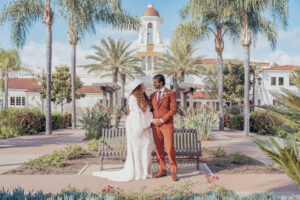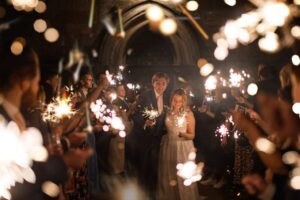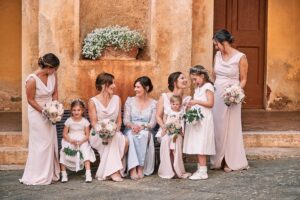Mastering Wedding Photography: Essential Techniques and Tips from Experienced Instructors

Introduction:
Wedding photography is an art that requires a unique blend of technical skill, creativity, and the ability to capture intimate moments. Aspiring photographers aiming to specialize in this field often seek out wedding photography classes to hone their craft. In this article, we’ll delve into the essential techniques and tips taught by experienced instructors in these classes, helping you embark on your journey to mastering wedding photography.
Understanding the Basics:
Before delving into advanced techniques, it’s crucial to grasp the basics of photography. Wedding photography classes typically start with an overview of camera settings, including aperture, shutter speed, and ISO. Students learn how to manipulate these settings to achieve the desired exposure and creative effects. Understanding exposure triangle and its application in different lighting conditions is fundamental.
Composition and Framing:
Composition plays a vital role in wedding photography, as it dictates how the subject is presented within the frame. Instructors often emphasize the rule of thirds, leading lines, and framing techniques to create visually compelling images. Students learn how to compose shots that highlight the couple, capture candid moments, and convey the emotions of the day. Additionally, instructors may cover the use of different focal lengths and perspectives to add variety to wedding photo albums.
Lighting Techniques:
Lighting can make or break a wedding photograph, and mastering lighting techniques is essential for producing stunning results. Wedding photography classes explore both natural and artificial lighting setups commonly encountered at weddings. Students learn how to work with available light sources, such as sunlight and ambient indoor lighting, as well as how to use flash and off-camera lighting for creative effects. Techniques for controlling harsh shadows, balancing ambient and artificial light, and creating flattering portraits are also covered.
Posing and Directing:
One of the challenges of wedding photography is directing and posing subjects to look natural and relaxed while still achieving the desired aesthetic. Instructors teach posing techniques that flatter individuals and couples, emphasizing communication and connection between the photographer and subjects. Students learn how to give clear directions, evoke genuine emotions, and capture authentic moments throughout the wedding day.
Capturing Candid Moments:
While posed portraits are an essential part of wedding photography, candid moments often yield some of the most memorable and authentic images. Instructors encourage students to remain observant and anticipate moments that unfold naturally throughout the day. Techniques for discreetly capturing emotions, interactions, and spontaneous gestures without intruding on the moment are emphasized.
Post-Processing and Workflow:
Once the wedding day is over, the work of the wedding photographer continues with post-processing and image delivery. Wedding photography classes often include instruction on editing software, workflow optimization, and image retouching techniques. Students learn how to enhance colors, adjust exposure, and create consistent editing styles that reflect their artistic vision. Additionally, instructors may provide guidance on organizing and delivering final images to clients efficiently.
Conclusion:
Mastering wedding photography requires dedication, practice, and ongoing learning. By enrolling in wedding photography classes taught by experienced instructors, aspiring photographers can gain the essential skills and techniques needed to excel in this competitive field. From understanding the basics of exposure to capturing candid moments and delivering polished images, these classes provide a comprehensive foundation for success in the world of wedding photography.







